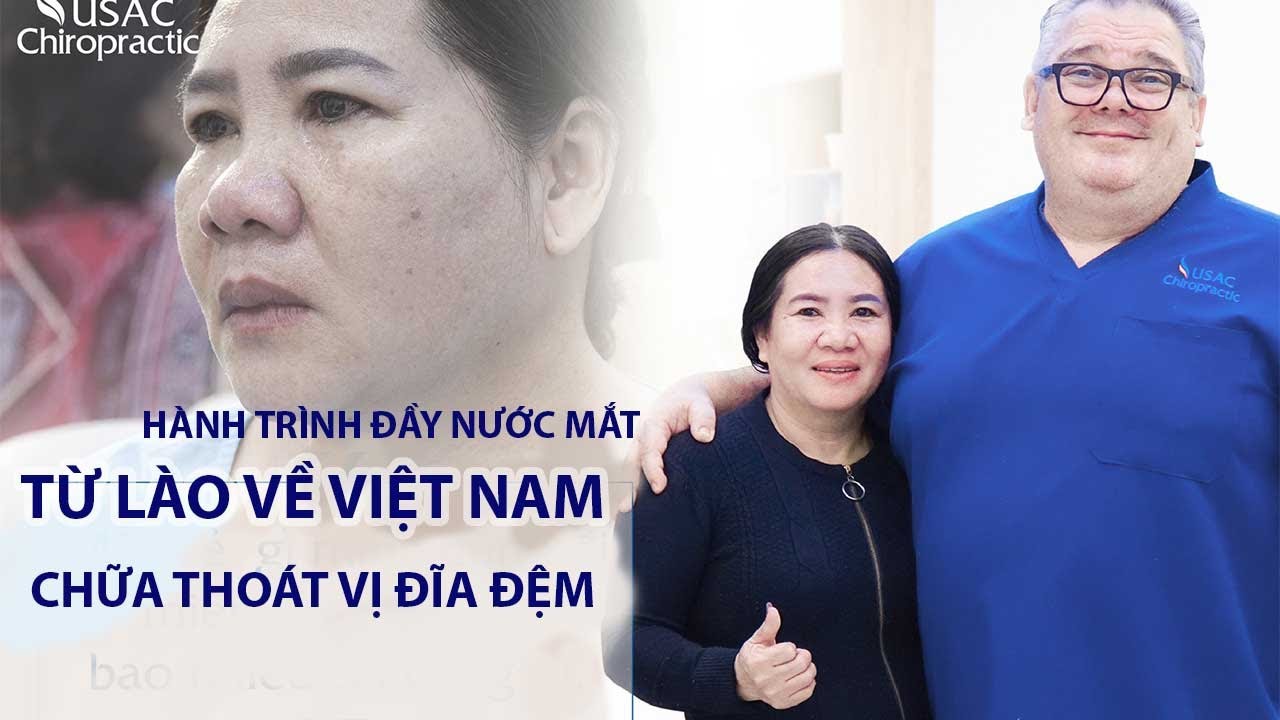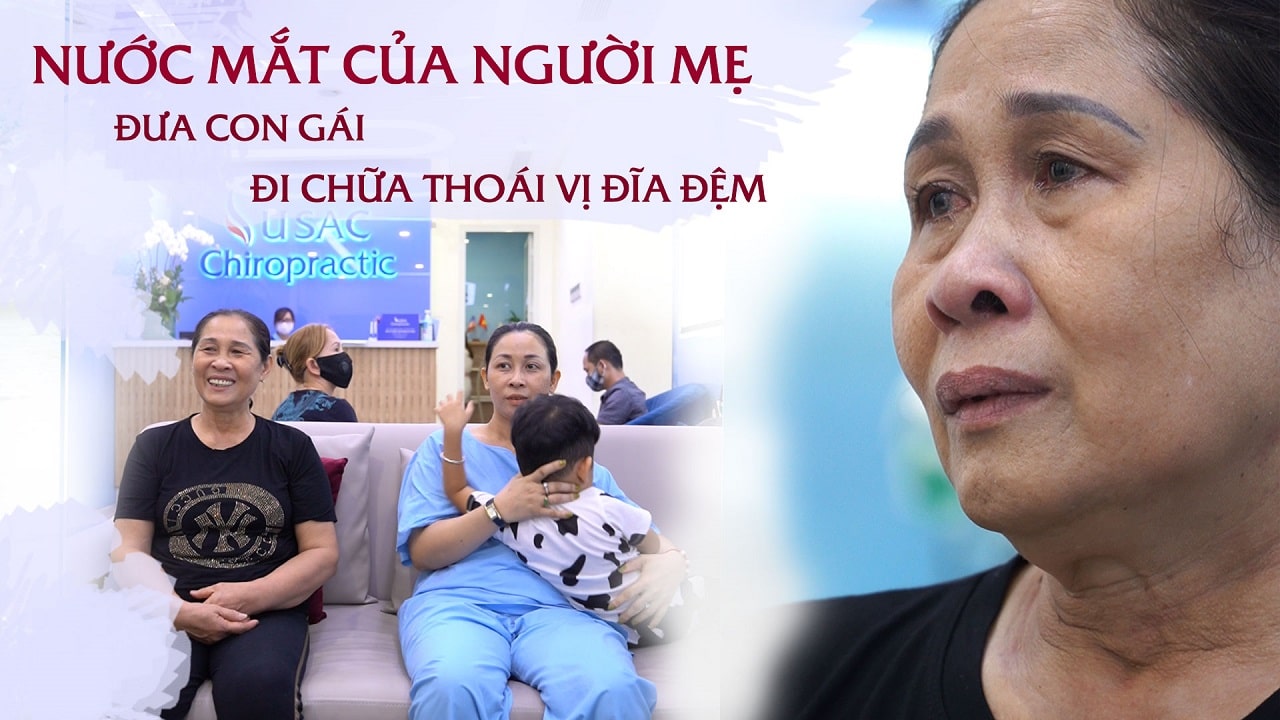Pain and stiffness accompanied by joint stiffness upon waking up or during weather changes are often early signs of knee joint inflammation. However, many overlook these symptoms and delay seeking medical attention, leading to severe consequences.
Nội dung chính
What is knee joint inflammation?
The knee joint is the articulation point between the femur, patella, and tibia. There is a layer of smooth cartilage between these bone ends, which allows smooth joint movement. This cartilage layer also provides nourishment as a cushion in the joint.
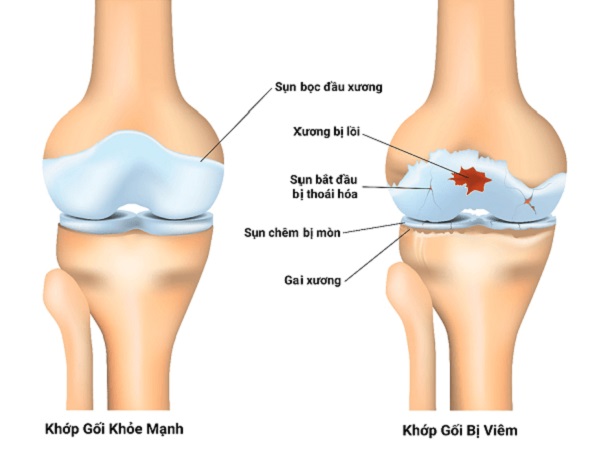
Tình trạng phần xương sụn tiếp giáp giữa xương đùi, xương bánh chè, xương ống chân bị viêm được gọi là viêm khớp gối
Knee joint inflammation is when the initially smooth cartilage becomes worn out and rough. It leads to increased bone-to-bone friction and reduced absorption of shocks in the joint cartilage, causing pain, discomfort, and difficulty in movement.
Causes of knee joint inflammation
Rheumatoid Arthritis
This condition affects the synovial membrane, joint cartilage, and subchondral bone, leading to joint pain, stiffness, and joint deformities and adhesions in the long run.
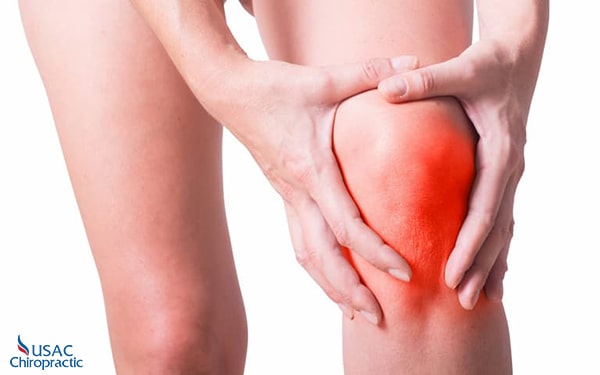
Người bị thoái hóa khớp thường xuyên bị đau khớp đầu gối
Degenerative arthritis
The natural aging process or other factors such as accidents, excessive physical activity, nutrient deficiencies, and sitting habits can cause knee joint degeneration. Pain occurs on the front and inside of the knee joint. The patient may hear a popping sound when the knee is flexed or extended. The pain worsens with movement.
Knee joint inflammation due to prolonged pressure on the knee joint
People who frequently perform activities that require squatting, kneeling, constant lifting of weights, and prolonged knee pressure are at a high risk of knee joint pain.
Osteoporosis
As people age, joint and bone degeneration increases. It leads to various bone and joint disorders, including knee joint inflammation. The cause is the gradual weakening of cartilage formation and lubrication function in the joint.
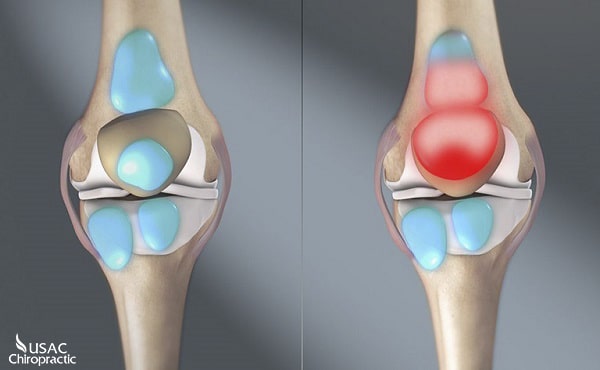
synovial inflammation
The function of the synovial membrane is to support smooth ligament and tendon movement. Injuries to the knee joint can cause synovial membrane inflammation, leading to joint stiffness and pain.
Joint dislocation
Athletes or regular sports players may experience dislocation of the patella or tibial plateau, causing misalignment of the bone ends, resulting in swelling and pain.
Obesity
Obesity puts pressure on the knee joint, which can eventually lead to knee joint inflammation. Moreover, individuals with joint and bone conditions will worsen with excess weight.
Post-traumatic arthritis
Tennis, runners, football players, or those engaged in sports that require continuous running are prone to injuries, leading to knee joint inflammation.
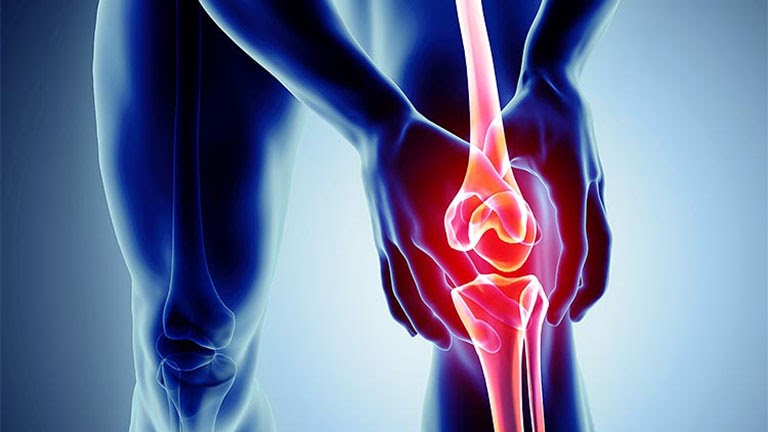
Trauma is a common cause of knee pain
Flat feet
Flat feet syndrome stresses the knee’s collateral ligaments, causing misalignment of the knee joint and increasing the risk of knee joint degeneration.
Dangerous complications of knee joint inflammation
Statistics show that 80% of people with joint inflammation, in general, and knee joint inflammation, in particular, experience decreased regular motor function. In comparison, the remaining 20% are affected in their daily activities, have difficulty sleeping, decreased work productivity, and reduced quality of life.
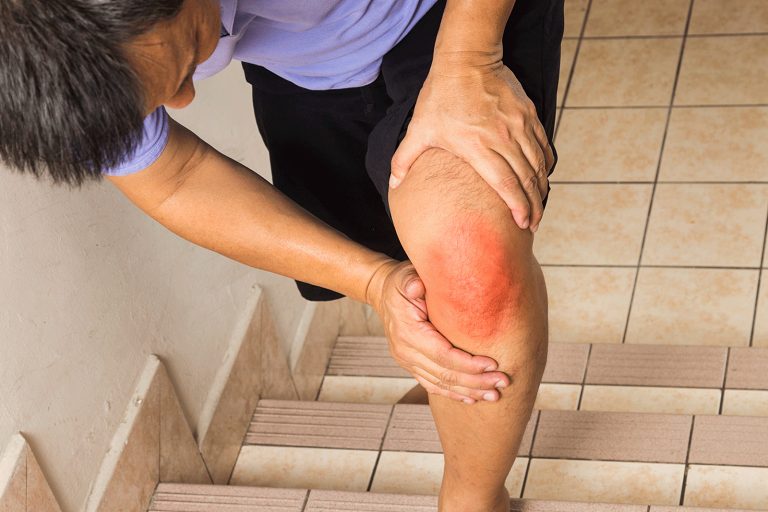
Patients with knee arthritis are prone to complications of leg muscle atrophy
In addition, patients with knee joint inflammation may face dangerous complications:
– Muscle atrophy, joint deformity, or joint adhesion.
– Decreased mobility.
– Acute arthritis, leading to heart valve damage and cardiovascular diseases.
– Disability and paralysis.
Signs of knee joint inflammation
– Swelling and warmth in the joint: The skin around the knee may be swollen, red, and warm. Swelling indicates the need for prolonged inactivity (morning pain upon waking up, a warm sensation when pressing the knee, occurring in the early morning or during midday naps).
– Joint deformity and stiffness: If the condition worsens, the joint may become stuck, making it difficult to flex or extend the leg. Additionally, prolonged joint stiffness lasting 10-30 minutes requires manual massage to regain movement.
– Cracking sound in the joint: Looser cartilage and loose connections with other tissues affect the joint’s normal movement. A cracking or popping sound can be heard whenever the knee is flexed or extended.
– Knee deformity: As the surrounding muscles of the knee begin to disappear, the knee may become deformed and collapse inward.
– Severe knee joint pain during rainy weather or weather changes.
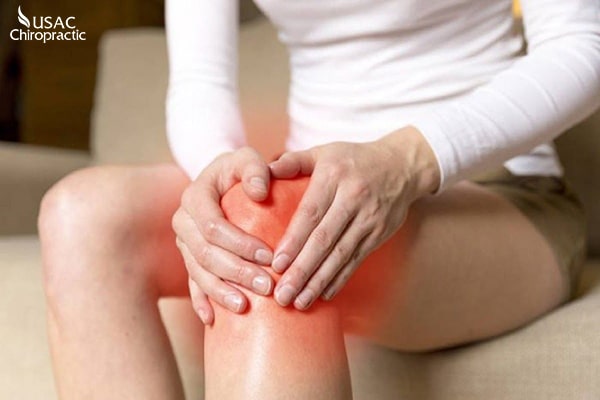
Do not be subjective if pressing the knee becomes hot, red and swollen
Treating knee joint inflammation with Chiropractic
The goal is treating the root cause of knee joint inflammation rather than just alleviating symptoms, preserving the joint, and avoiding misdirection in treatment; USAC Chiropractic physicians recommend chiropractic protocols as the most appropriate treatment for knee joint inflammation.
– Chiropractic: Gentle adjustments following American standards realign the misaligned vertebrae to their proper positions, relieving nerve compression and maintaining spine-disc health. It effectively prevents knee joint inflammation.
– Physical Therapy (American standard): Physical therapists target stiff and tense muscles, breaking up muscle tension, relieving fatigue, and enhancing focus.
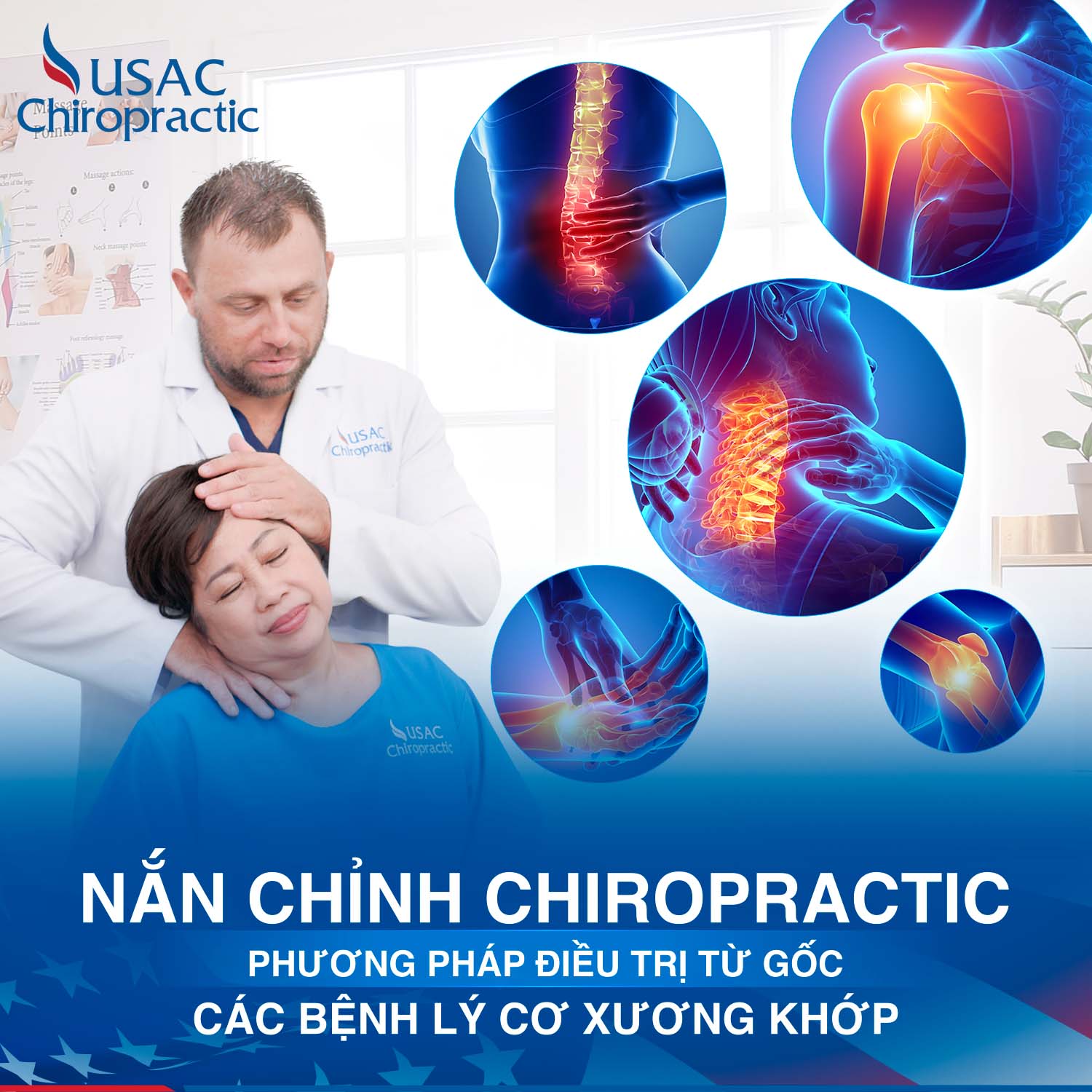
– CNC therapy (ISO/FDI standard medical equipment): Accelerates the recovery process three times faster:
- Deep and wide-reaching Class IV laser therapy on tendons, muscles, and ligaments helps reduce inflammation, increase oxygen circulation, and stimulate DNA synthesis.
- Triton DTS spinal decompression table expands the space between vertebrae, reducing pressure on intervertebral discs and immediately relieving pain and discomfort.
- BTL Shockwave therapy stimulates the regeneration of bone and soft tissue, promotes collagen synthesis, and accelerates wound healing.
– Therapeutic exercises promote functional recovery and prevent disease recurrence.

Support for treatment of knee arthritis with modern machines
—————
USAC CHIROPRACTIC – VIỆN ĐIỀU TRỊ CƠ XƯƠNG KHỚP CỘT SỐNG CHUẨN MỸ
🏤 Số 305 Nguyễn Văn Trỗi, Q.Tân Bình, TP. HCM
☎ Hotline: 1900 5858 00
🌐Website: https://usac.vn

















